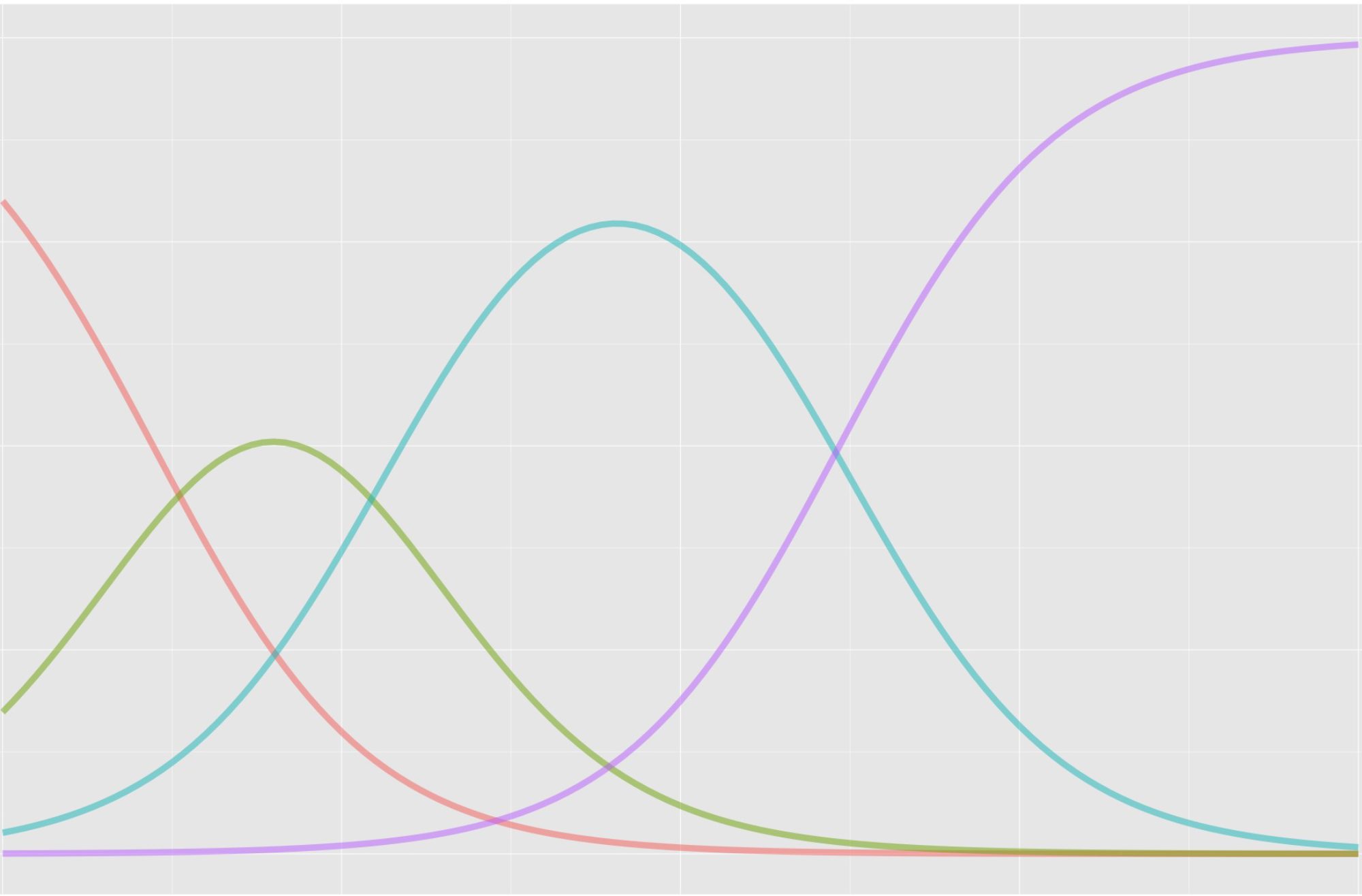Measurement, in the fields of education and psychology, is the process of gathering information and making inferences about human attributes like knowledge, achievement, and motivation.
Measurement is concerned with the interaction between person and item, sometimes expressed as Θ – b. Good measurement optimizes this interaction via:
- best practices in test development
- careful item writing
- accessible content and administration procedures
- accurate calibration and scoring and
- understandable score reporting.
The ideal result is actionable information that supports decisions regarding things like academic abilities, preparation for college, and qualifications for a career.
If you’re liking what you hear, check out my intro measurement book. It’s free online and as a PDF, and will soon be available for print on demand.
